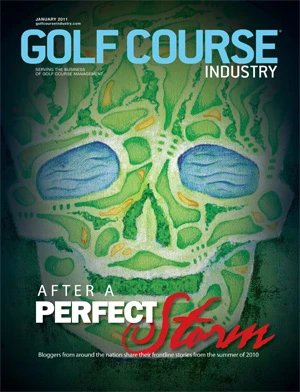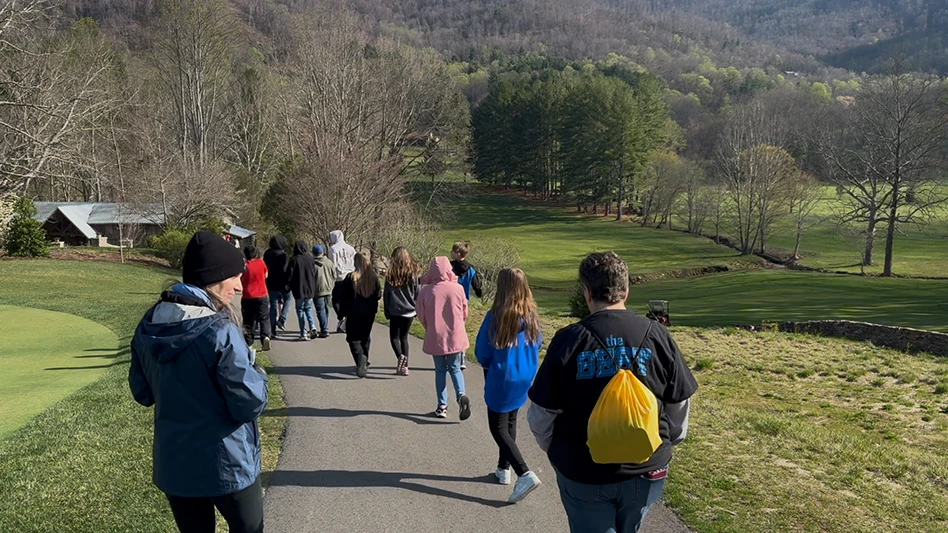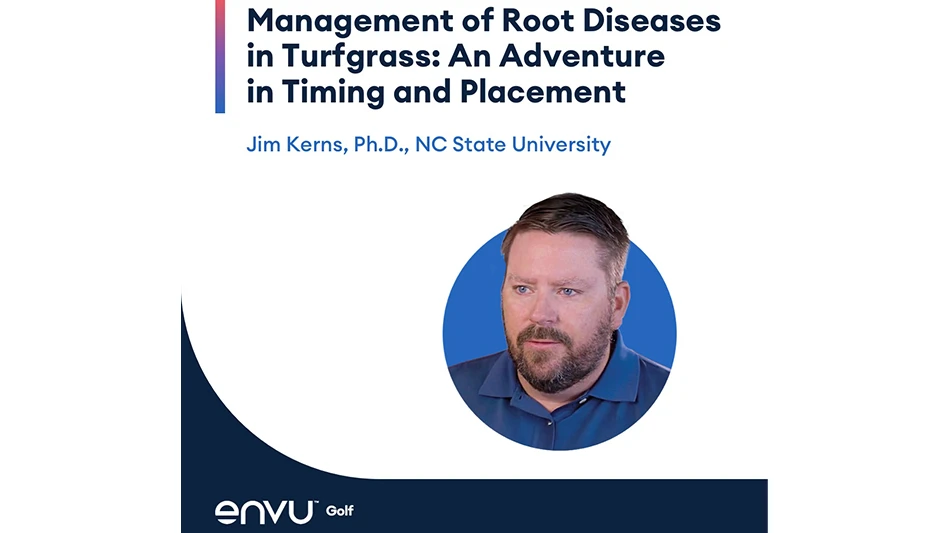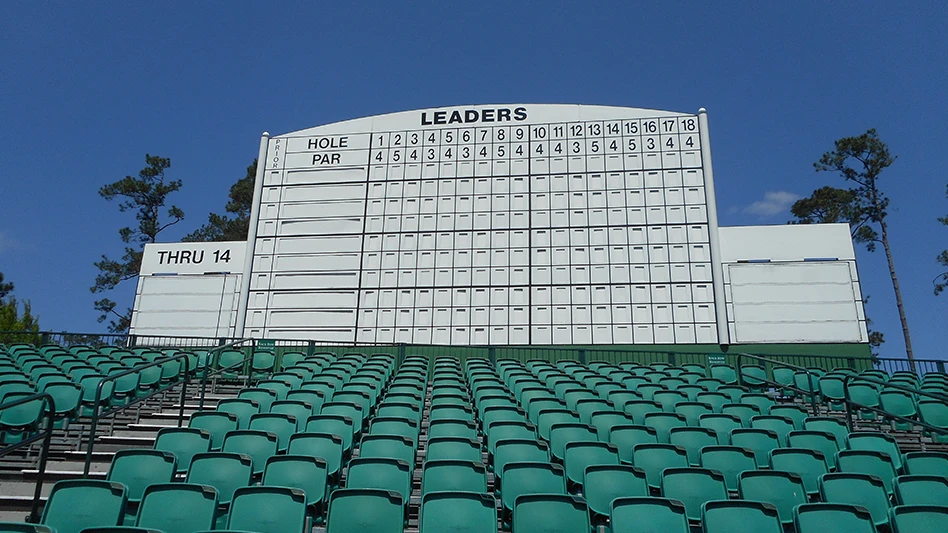Foolish me, especially on the downside to my 65th birthday, offering a golf course pop quiz. During my teaching assistant career a student would occasionally challenge a pop quiz question. The course was open to students in other disciplines and they liked to question quiz answers and discuss them. I should have remembered this when I penned my recent “Quiz” column.
Not long after the October issue mailed, I received a wonderful email from a longtime friend, who I’ll call “The Professor.” He is a veteran superintendent, designer and builder with sterling qualifications as a golf course historian. The Professor wanted to discuss a few of my answers. It seems he took the quiz and failed. Beads of sweat collected on my forehead as I read his message. All I could think about was The Professor and his formidable greenkeeping knowledge.
The Professor challenged the answer to Question #3. The answer I recorded is straight from any number of history books, including USGA sources. But the Prof offer this: “TO THE GOLF PLAYERS, from the Rivington Gazette, a New York Tory newspaper in 1779 – ‘The season for this pleasant and healing exercise is advancing. Gentlemen may be furnished with excellent clubs and suitable Calado balls by enquiring at the printer.’” I wonder if the historians at the USGA have considered this reference.
Question #5 related to the first woman involved in turfgrass science. I couched the question with the words “likely,” and “science” and “major,” but the Professor wrote me: “My first thought went to Georgina Campbell, first female Head Greenkeeper, in 1901 at Franklin Park, MA. Then I though about Elfreda Claukie (sic), Professor Dickenson’s assistant at Massachusetts State in the 1930s, but then I thought of Gertrude Farley, National Greenkeepers Association of America Secretary who authored ‘Golf Course Commonsense’ in 1931, which covered practical and scientific methods.
“The development of 2,4-D was done by Dr. E. J. Kraus, University of Chicago, 1941, during WWII under the USDA ‘Hormone Project.’ A USDA published report by Dr. Mitchell and Dr. Marth indicated that newly labeled 2,4-D ‘could have selective weed control in turf.’ Ms. Davis then did trials that reconfirmed Dr. Kraus’ experiments.”
The Prof’s notes here are important additions. I have visited that Franklin Park area of suburban Boston while visiting the park, Frederick Law Olmstead’s home, and the Country Club, all-important and historic. But I did not know of Ms. Campbell. Gertrude Farley is well known by many of us, and a friend of mine has a mint copy of her book, which I have read.
It seems a fair answer would include the women noted by the Prof.
Here are the Professor’s comments about Question #7: “Piper and Oakley? These two individuals had the closest ties to greenkeeping in a scientific sense, and became closely entwined with Dr. Walter Harban, USGA vice president who pushed the USDA to devote more time toward golf course turf. Thus the first imitative on scientific turf management came about in 1915 from USDA’s Piper and Oakley. The book ‘Turf for Golf Courses’ was a compilation of chapters by Hugh Wilson, C.B. Macdonald and Dr. Walter Haban as well as Piper and Oakley. It was published in 1917, then in 1919 and 1929.”
I still get excited thinking about the Jacobsen school for college students I attended in the summer of 1968 and the prototype RIDING triplex greensmower we were introduced to. The Prof responded to the question with “1927 and the Worthington Overgreen.” His answer is right, of course, to the question I wrote. The Overgreen was a WALKING triplex greensmower!
Finally, the answer I reported for Question #10 came from the first line of “Specification for a Method of Putting Green Construction,” a USGA booklet authored by the Green Section Staff: In 1960, after years of scientific research sponsored by the USGA and several universities, the Green Section’s “Specification for a Method of Putting Green Construction” were published. I think I might prevail on this question since The Professor considered it false because of the 1968 publication “Building Golf Holes for Good Turf Management.”
The Professor deserves applause for his clarification and corrections. He literally has a lifetime of contributions to our profession and has provided leadership at all levels, including the very top. Many of you would like to know his identity; many have already guessed correctly, I’d bet.
That will be the next quiz’s gimme question, which I will run past The Professor before anyone else sees it. GCI

Explore the January 2011 Issue
Check out more from this issue and find your next story to read.
Latest from Golf Course Industry
- The Aquatrols Company hires marketing manager
- Renovating Bredemus in West Texas
- Renovation starts at Okatie Creek GC at Sun City Hilton Head
- The Fittest Podcast in Turf: Episode 1
- New 6-hole course debuts in Oklahoma
- GCSAA announces Grassroots Ambassador Leadership Award recipients
- Reel Turf Techs: David Gummo
- PBI-Gordon promotes two to executive level





